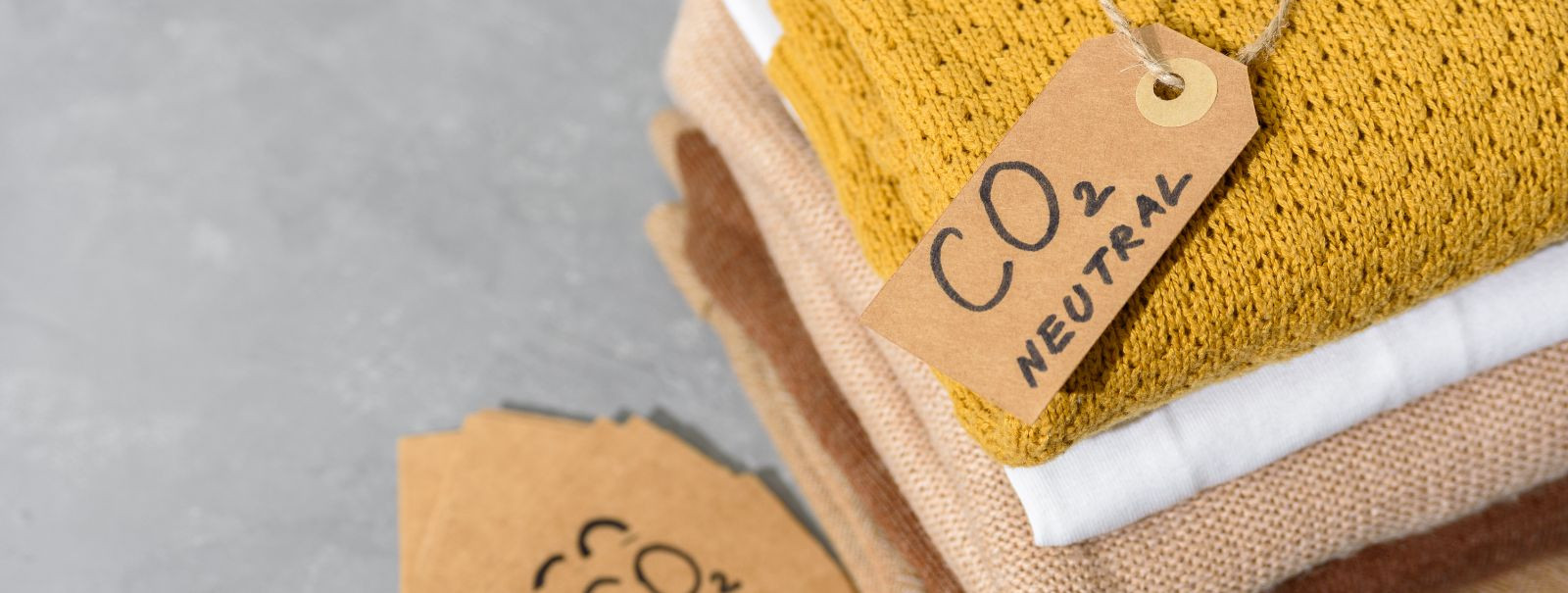The ultimate guide to sustainable textile products
Sustainable textiles refer to fabrics that are produced, used, and disposed of in ways that minimize harm to the environment and society. These materials are designed to address the environmental burdens of fast fashion and traditional textile production, which include excessive water consumption, pollution, and waste.
As the fashion and home decor industries continue to grow, the demand for more ethical and environmentally friendly products has risen. Sustainable textiles not only help in conserving natural resources but also promote social responsibility by ensuring fair labor practices and supporting local communities.
Types of Sustainable Textile Materials
Natural fibers like organic cotton, linen, and hemp are grown without harmful pesticides and chemicals, making them healthier for the planet and consumers. They are biodegradable and offer a lower carbon footprint compared to conventional materials.
Recycled polyester and nylon, made from post-consumer plastic bottles and other waste, are gaining popularity as they help reduce the amount of waste in landfills and oceans.
New developments in sustainable textiles include bio-fabrics made from materials like algae, pineapple leaves, and even mushroom roots. These innovative materials are pushing the boundaries of what's possible in sustainable fashion and home decor.
Benefits of Choosing Sustainable Textiles
By choosing sustainable textiles, consumers can significantly reduce their environmental footprint. These materials often require less water and energy to produce and help to decrease pollution and waste.
Sustainable textiles are typically free from toxic dyes and chemicals, making them safer for consumers and the workers who produce them.
Investing in sustainable textiles can also lead to economic benefits, such as reduced costs over time due to the durability of these materials and the support of sustainable businesses and practices.
How to Identify Sustainable Textile Products
Look for certifications like Global Organic Textile Standard (GOTS), OEKO-TEX, and Fair Trade, which ensure that products meet strict environmental and social criteria.
Companies that provide detailed information about their supply chain and production practices are more likely to produce genuinely sustainable products.
High-quality sustainable textiles are often more durable, leading to a longer product lifespan and less frequent replacement.
Implementing Sustainable Practices in Textile Production
Responsible brands commit to ethical manufacturing processes that protect workers' rights and promote fair labor conditions.
Many sustainable textile companies focus on reducing waste through efficient design, production, and by using pre- and post-consumer recycled materials.
Reducing energy consumption and utilizing renewable energy sources are key components of sustainable textile production.
Caring for Sustainable Textile Products
To extend the life of sustainable textiles, it's important to follow care instructions that often include washing in cold water, air-drying, and avoiding harsh chemicals.
Repairing and upcycling textile products can significantly extend their life and reduce waste. Many sustainable brands offer services or guides on how to do this.
When sustainable textiles do reach the end of their life, options such as recycling, composting, or donating can prevent them from ending up in landfills.






Comments (0)